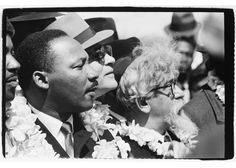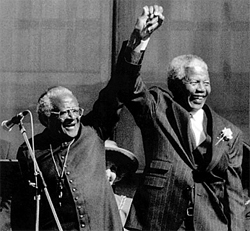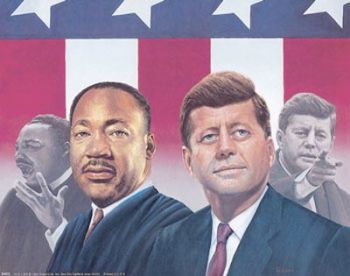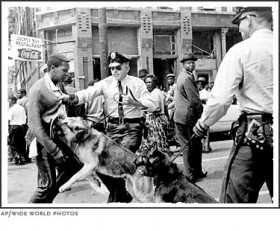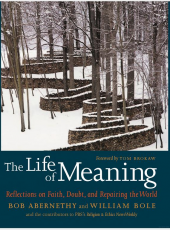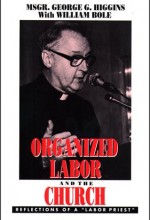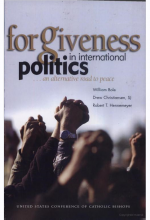Here’s something I never thought about: how my whiteness affects my property taxes. My introduction to this question comes by way of a July 2 Washington Post article under the headline, “Black families pay significantly higher property taxes than white families, new analysis shows.”
I’d have thought Black homeowners pay less in property taxes than their white counterparts, relative to home prices. That’s because the value of their homes tends to appreciate more slowly, in neighborhoods often viewed as less desirable. So, local tax assessments ought to be lower. In fact, Black families pay more, adjusting for market value—13 percent more than white families, according to a new study of 118 million homes nationwide by Indiana University and University of Utah economists. Though the causes are varied, it’s reasonable to conclude that assessors haven’t been particularly worried about overtaxing Black families.
My takeaway: I’ve likely reaped a white-family discount on property taxes, and have done so through 31 years of homeownership, thanks to a heavier burden on Black families. And does that even graze the surface of white, middle-class privileges? Don’t bet on it.
Forthcoming—an opinion piece on what it would mean to really “give up” white privileges.
